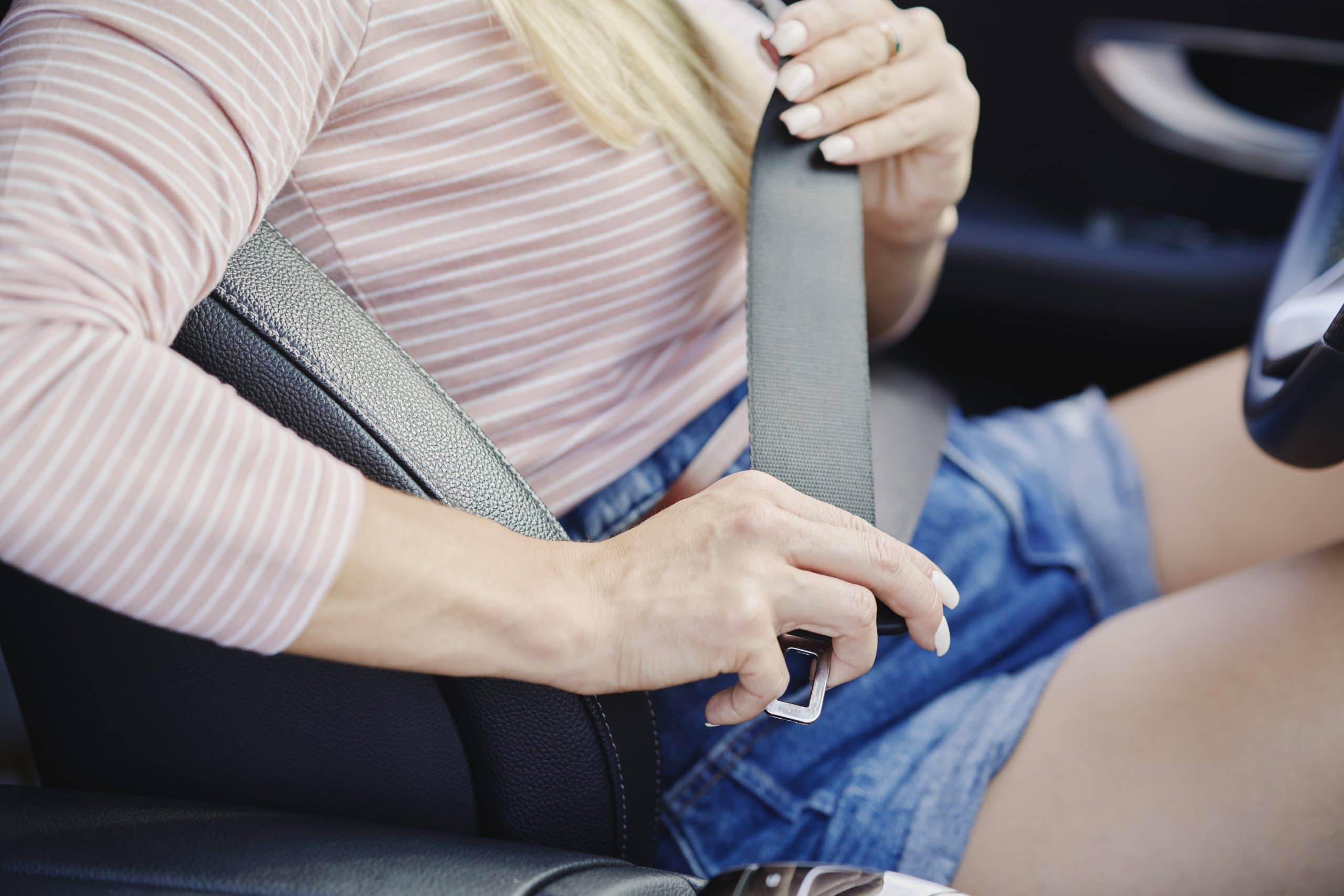Despite the many innovations in the automobile industry, one stands above the rest when it comes to safety. Seat belts may just be the single most important invention as they completely transformed car safety for the better. In fact, seat belts dramatically reduce the risk of death as front passengers that used seat belts were 45% less likely to die or sustain serious injuries.
Considering how important seat belts are, it’s crucial that you ensure that they’re always in good condition. To help you out, we’ve prepared a list of safety checks that you can make use of to verify the condition of your seat belts. If this is something that you want to know more about, read on as we discuss four seat belt safety checks that you have to know about.
Webbing
The first thing you’ll want to examine is the webbing of your seat belt. You’ll want to be thorough when checking the webbing as it is the part of the seatbelt that experiences the most wear and tear. Be sure to be on the lookout for nicks, cuts, holes, and any fraying. If you find that your webbing is damaged, it would be best to bring it in for repairs as soon as possible.
Buckle
You’ll also want to take your time when examining the buckle. The buckle fastens your seatbelt and secures it. This can be rather tricky to examine as the damage is more subtle. Be sure to look closely for any signs of damage. If the buckle isn’t locking your seatbelt in place, then it might be wise to have a professional check on it immediately.
Retraction
Be sure to check on the seatbelts ability to retract smoothly. This retraction is crucial to keeping you safe in case of an accident. When checking on your seatbelt’s retraction, be sure to watch out for any slowness or hesitation. If you find that there is something off with your retraction, don’t try to fix things yourself. We suggest bringing your car to a seat belt repair service so you can address the problem and get your seatbelt working properly again.
Twisting
Lastly, you’ll want to make sure that the seat belts are not twisted. Having twisted seat belts can drastically affect the way they perform and can hamper their ability to protect you. Luckily, twisted seat belts are rather easy to fix. All you have to do is to carefully untwist them by turning them in the opposite direction. We suggest that you avoid being rough with your seat belt while untwisting it as you may end up damaging it and causing more serious issues.
Conclusion
We hope that this information proves to be useful when it comes to making cars safer for you. Be sure to refamiliarize yourself with these safety checks regularly so that you never forget them. While this may seem rather tedious, your safety should be your number one priority. It’s in your best interest to do all you can to ensure that your car is as safe as possible. If you do end up finding something wrong with your seat belt, it would be wise to seek out seat belt repair services or look into seat belt replacement.
If you’re looking for seat belt repair services in the US, Safety Restore has you covered. We offer the best post-accident restoration solutions for your vehicle. Ensure your complete protection—contact us today!

